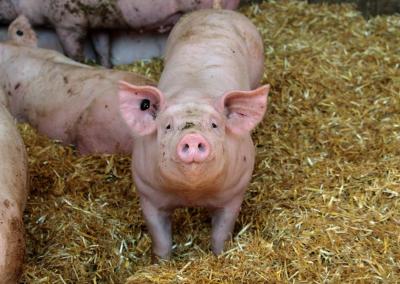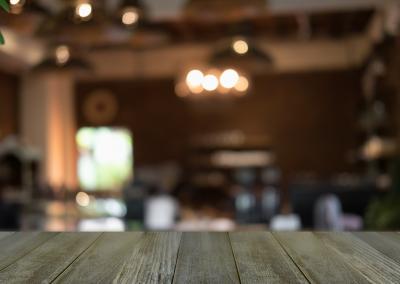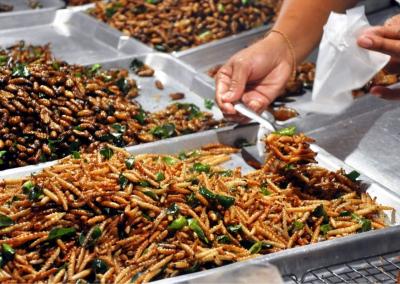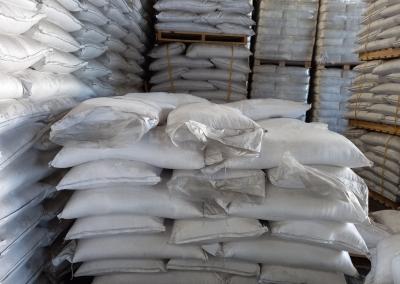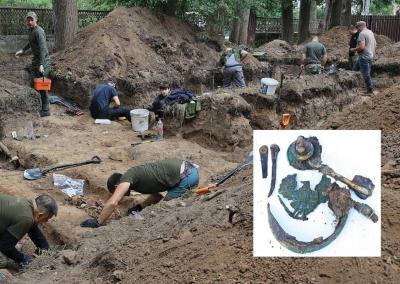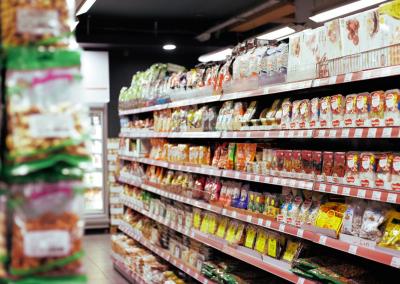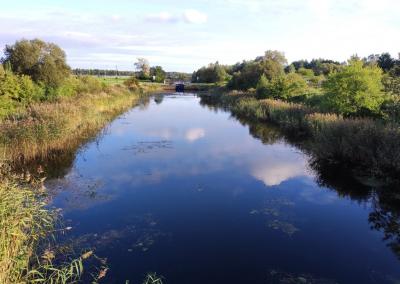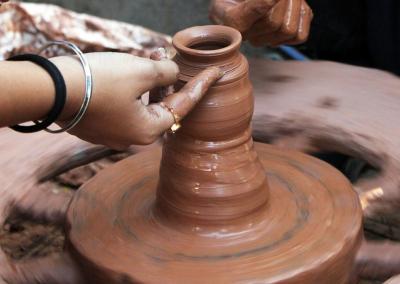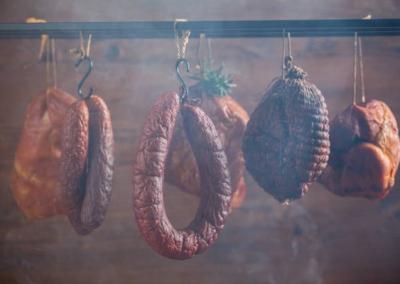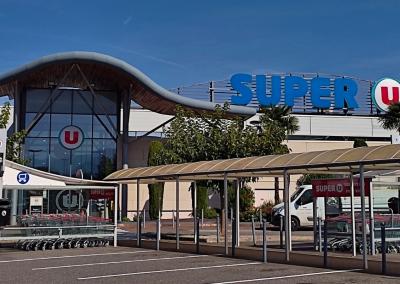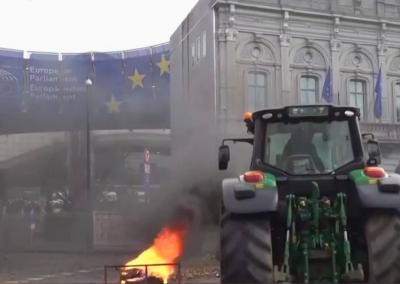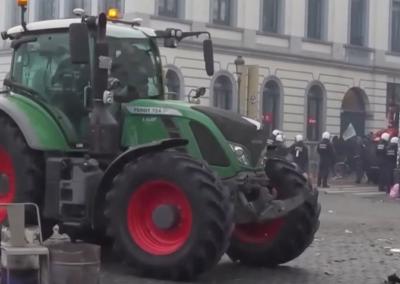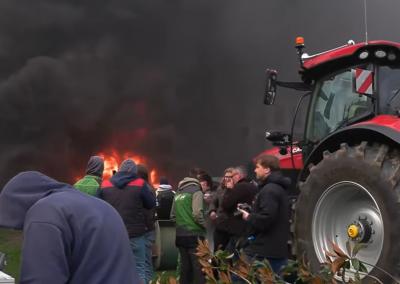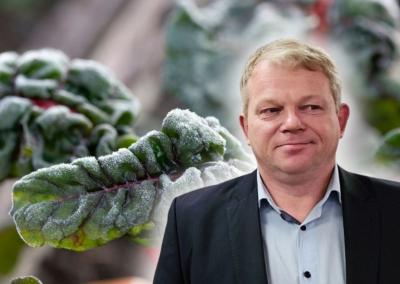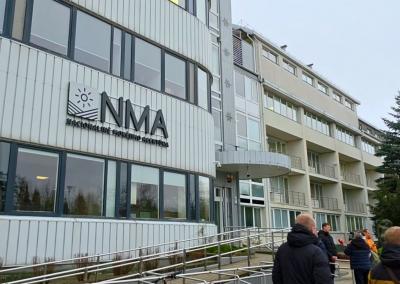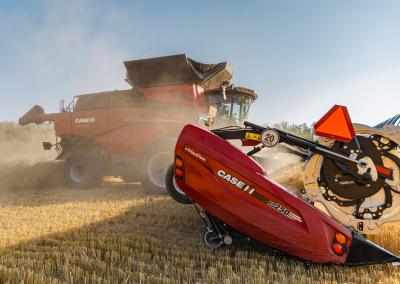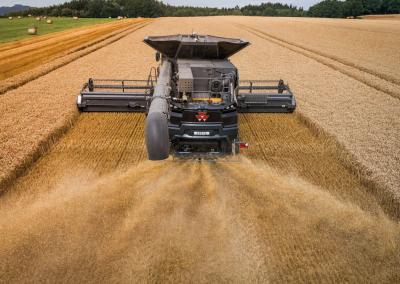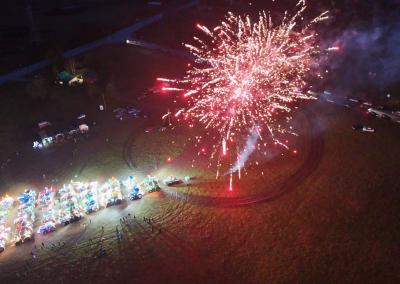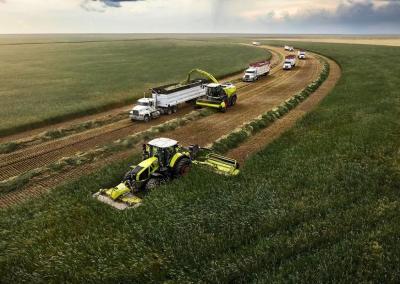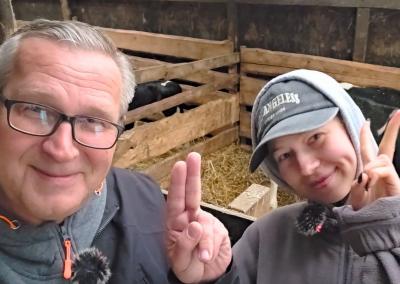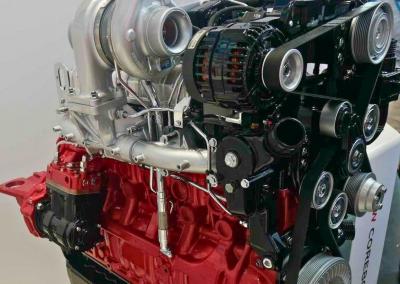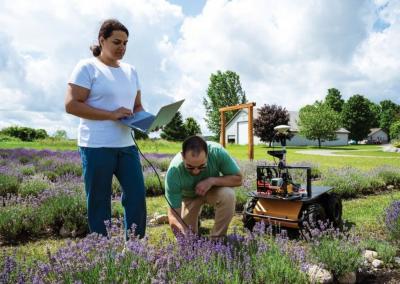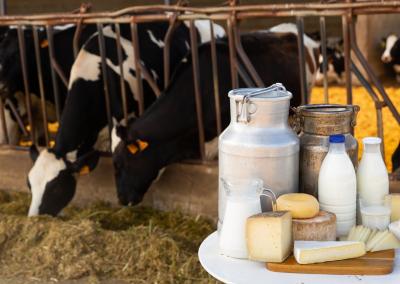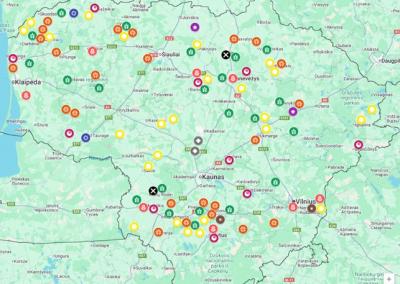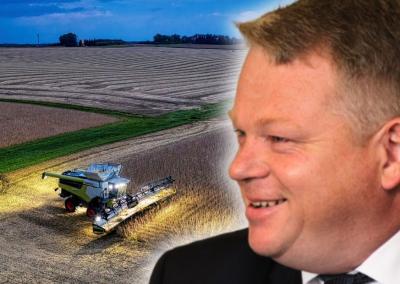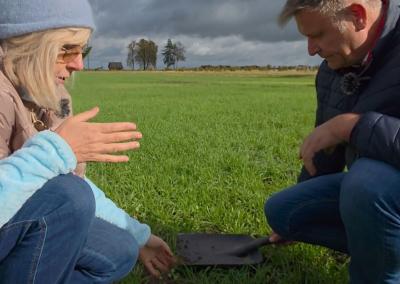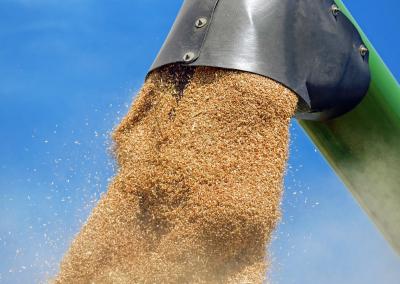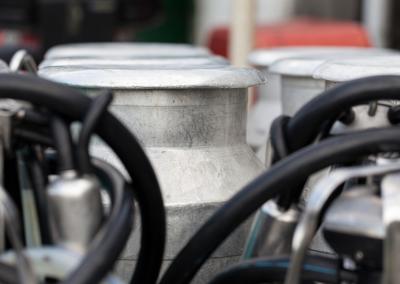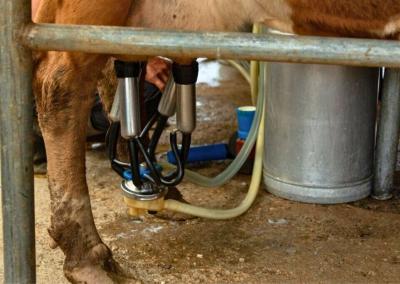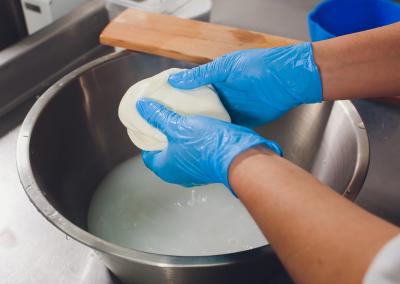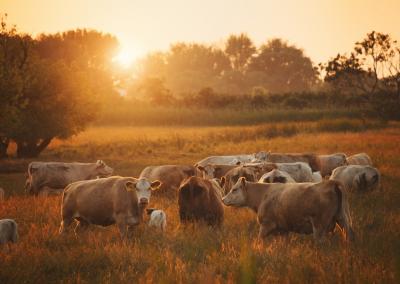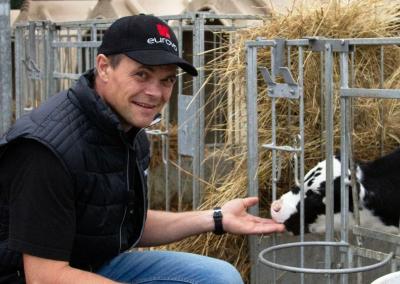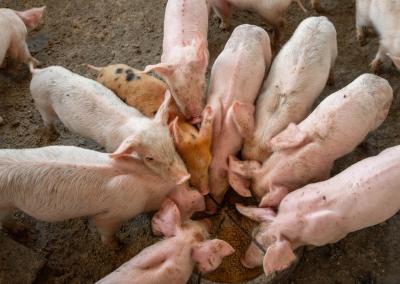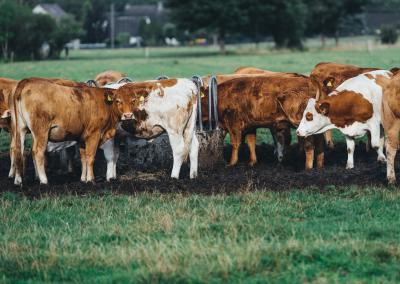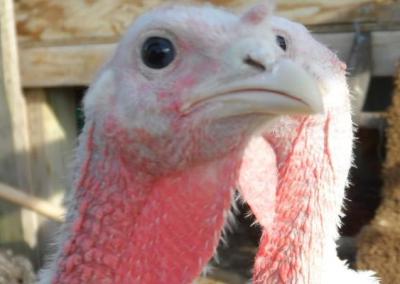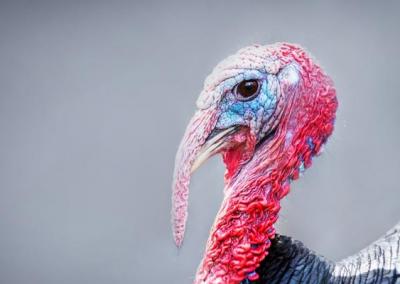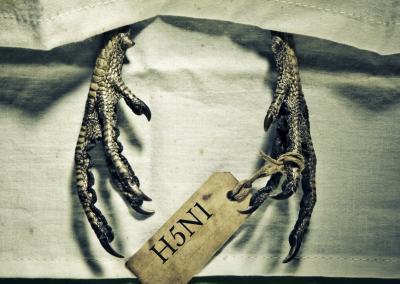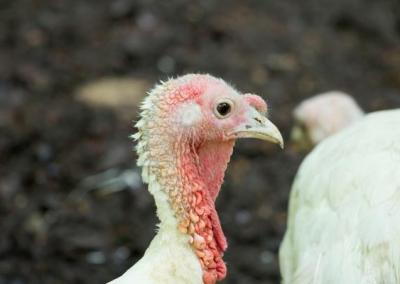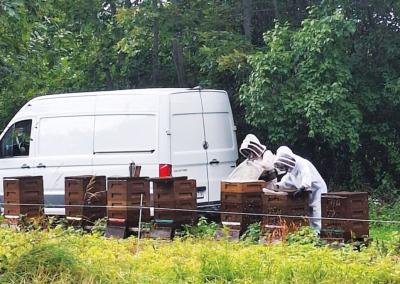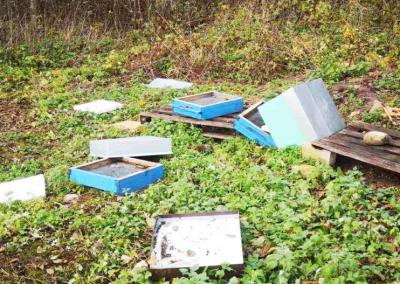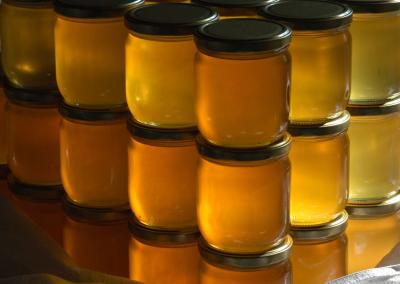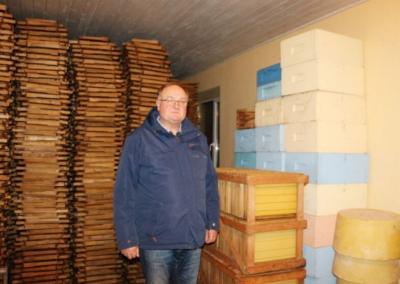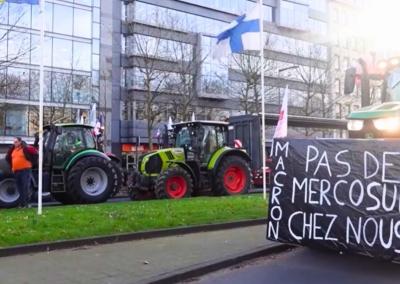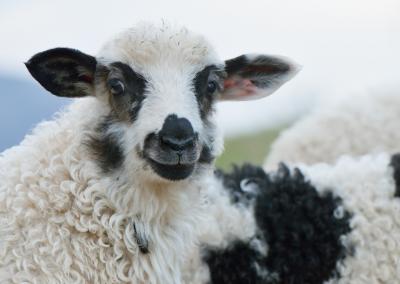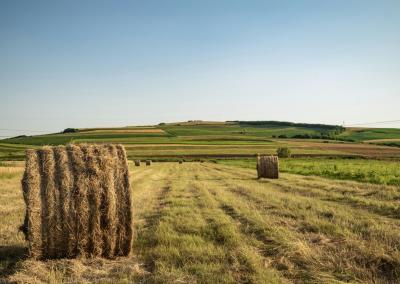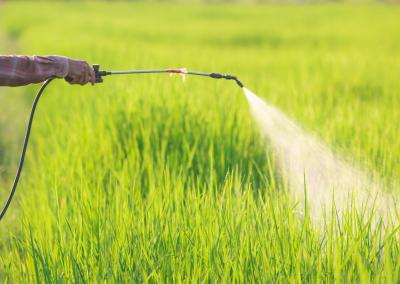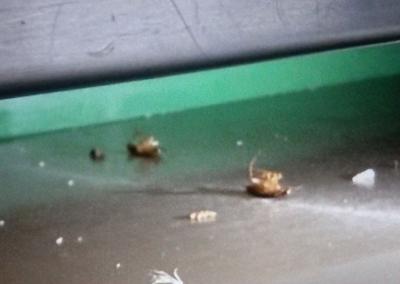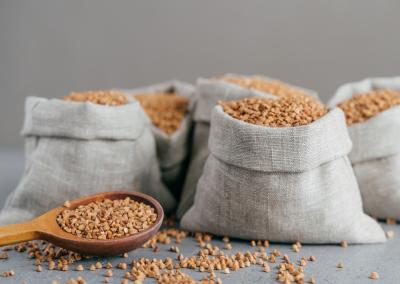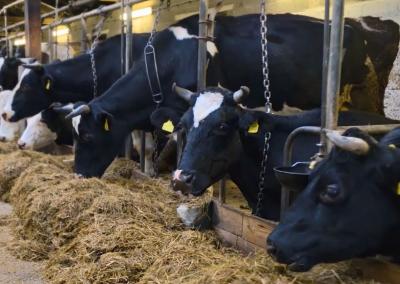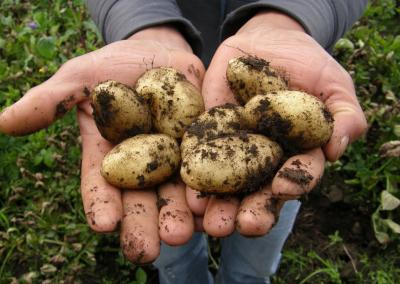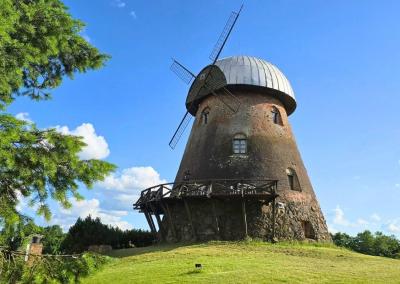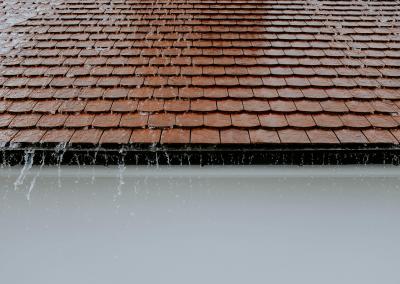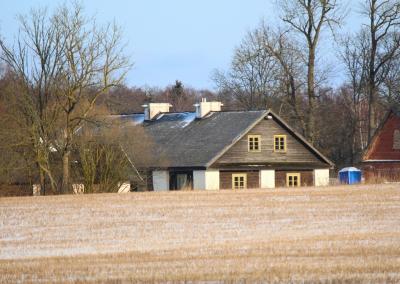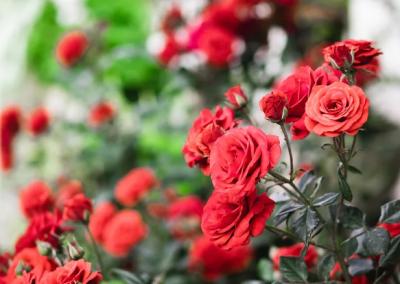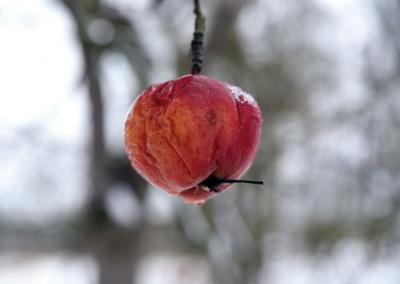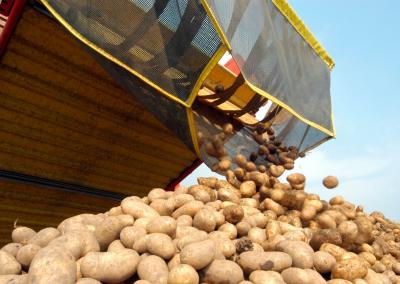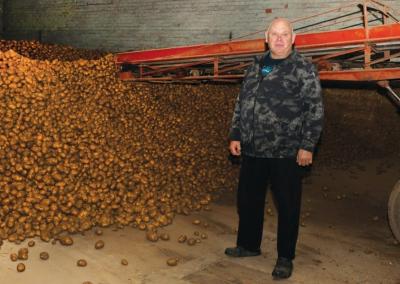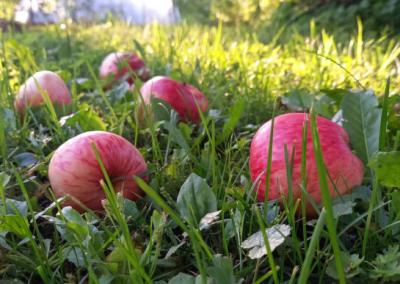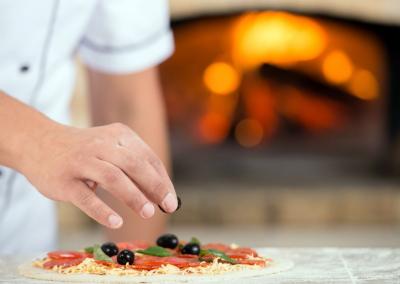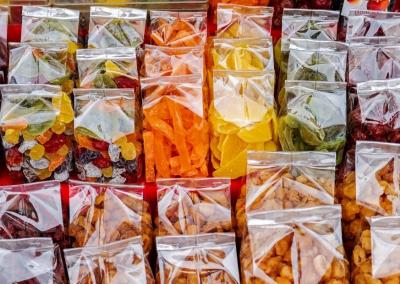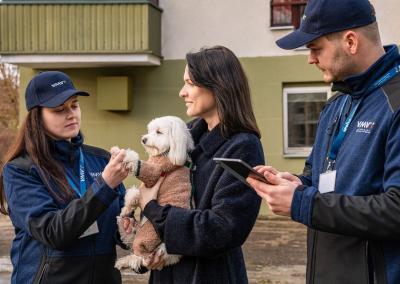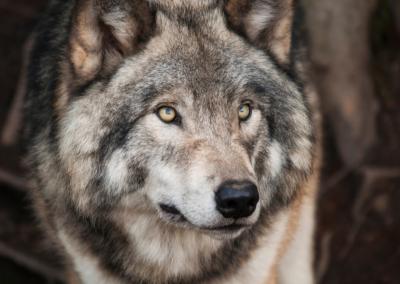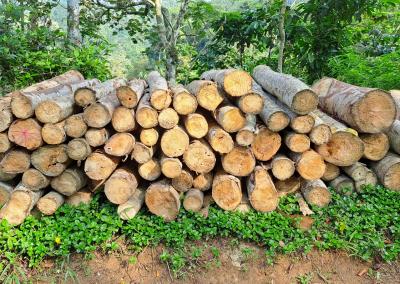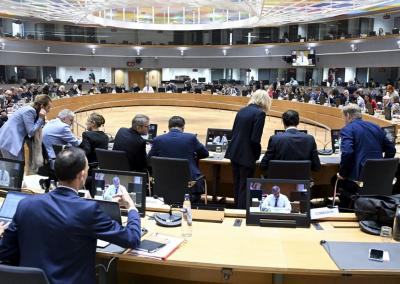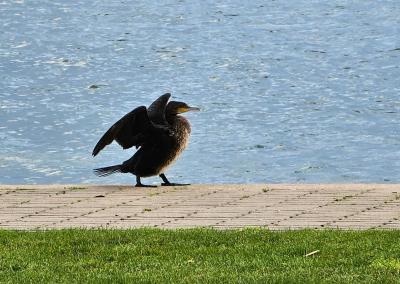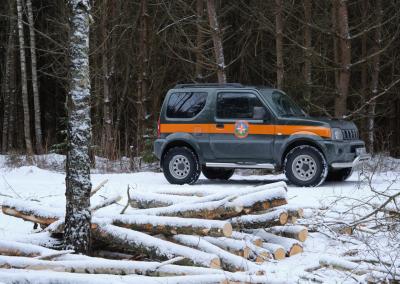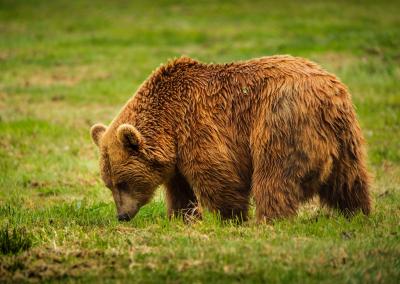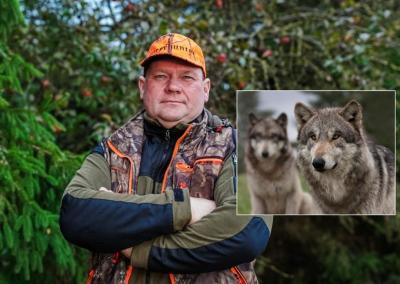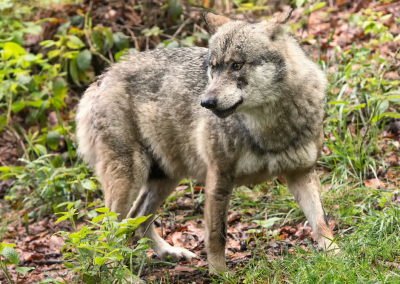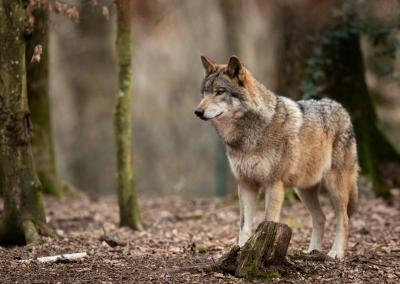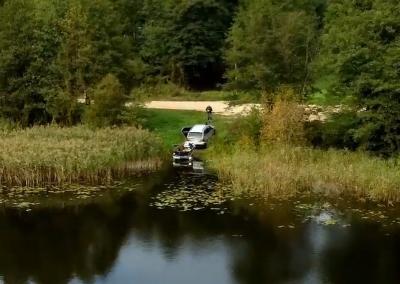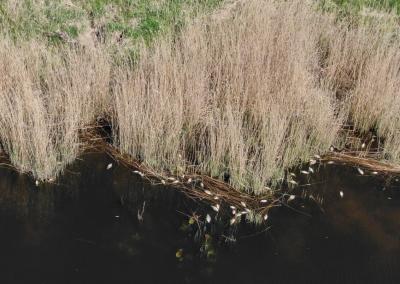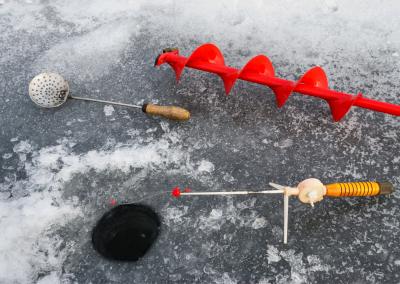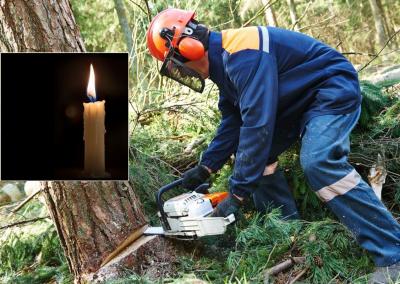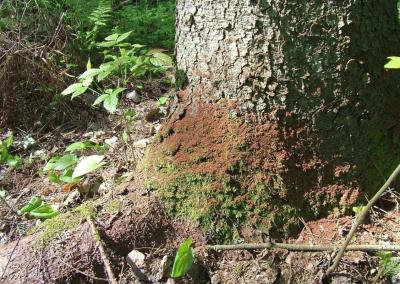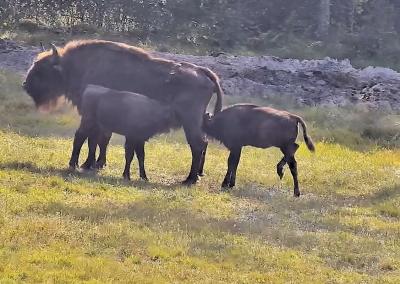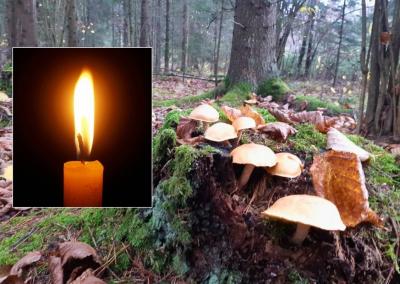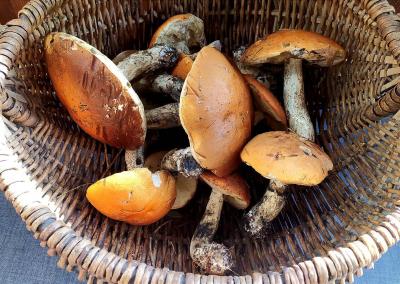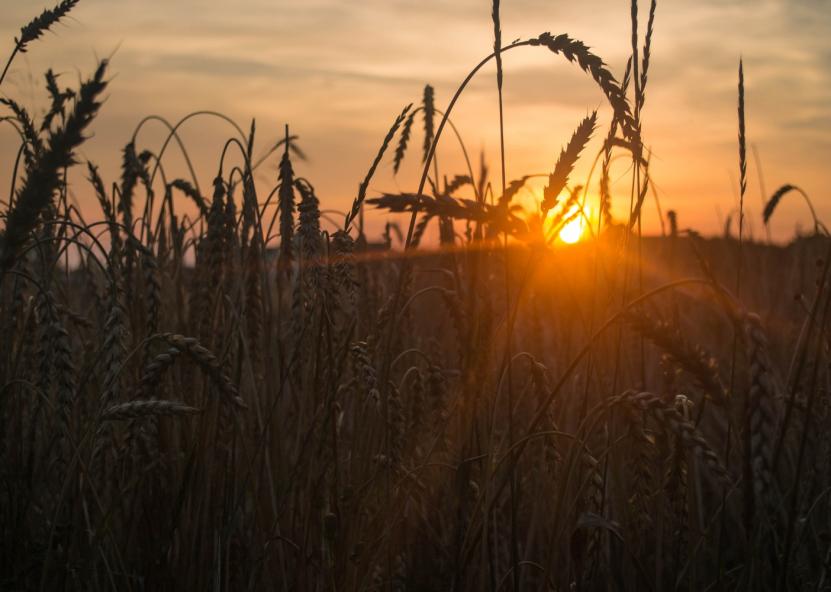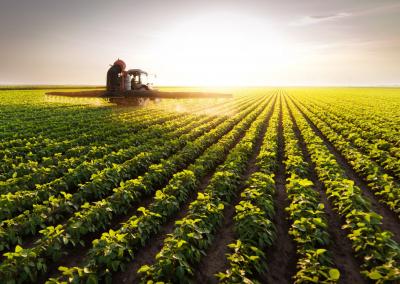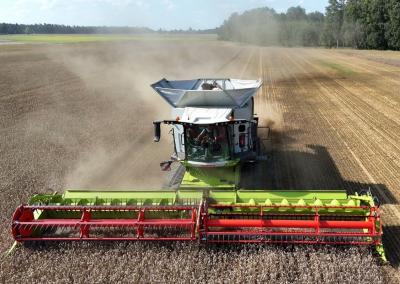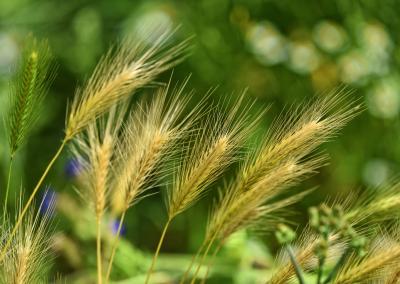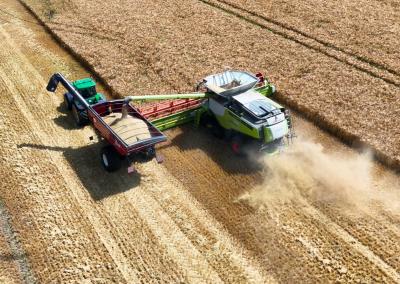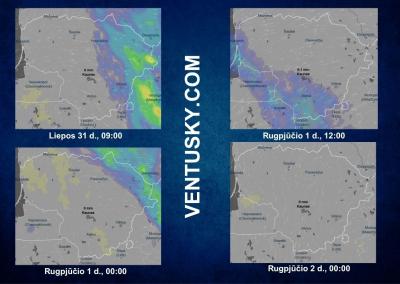Changes in farmers' fields. Winter cereal areas are increasing
After several years of decline, the area under cultivation in Lithuania has increased again, according to data from the State Data Agency (SDA). The total cereal area is estimated at almost 1.9 million hectares, with winter cereals accounting for the largest share of almost 1 million hectares.
„Compared to previous years, this year we have a near-record total crop area – just short of 2 million hectares. In structural terms, the area under winter cereals has increased over the year, while the area under spring cereals has decreased. Winter wheat stands out the most, with almost 100,000 hectares more cultivated this year," says agricultural expert Justas Eimontas.
However, winter wheat has not matched its previous record of around 845,000 hectares in 2022, with 817,000 hectares grown this year, according to Mr Eimontas. In addition to these crops, farmers are growing more winter oilseed rape this year - 352,000 hectares.
Field structure is changing
Agriculture experts note that almost every year, winter cereals are increasing in Lithuania, giving way to summer crops. However, there are also changes in the structure of winter crops – the share of winter rye is decreasing.
„Although historically known as rye harvesting, rye has become a niche crop, with farmers increasingly opting for winter wheat and other more profitable cereals instead. But rye is not going to disappear from the map: it is a crop that is not very demanding in terms of land structure and grows well on less fertile land," says Mr Eimontas.
He also says that winter barley growth in farmers' fields this year is similar to that of 2023, even though last year's acreage was a record. According to the VDA, nearly 50,000 hectares of barley have been grown this year, compared with just over 20,000 hectares 5–6 years ago.„The popularity of winter barley this year has been undermined by the relatively low price, which was unattractive at the time of sowing – it has risen as the crop has reached maturity. However, the conditions for growing winter barley in Lithuania – are improving, with winters much more favourable for growing this cereal. They are quite sensitive to temperature changes, but the current winters are rarely very cold and the yields of the last few years have been relatively good," explains the cereals market expert.
Spring cereal areas thinned by erratic weather
While the area planted with winter crops is increasing in Lithuania, the volume of spring cereals is decreasing, according to VDA data. The total area of these crops is estimated to have fallen by around 17,000 hectares, mainly due to lower areas of spring wheat and barley.
Climate change and the volatility of the weather that it brings can be identified as a major cause of the decline in the area of these crops, explains Mr Eimont. In the last few years in particular, he says, hot and dry summers have simply prevented yields from increasing.
„When spring crops failed to produce the desired results for several years in a row and profitability was negative, farmers started to abandon them in favour of winter crops. Although this spring and summer have been particularly favourable for spring wheat and barley, it is unlikely that the previous areas will recover, the expert predicts.
No limits to rape expansionHowever, the agricultural expert notes that the area under winter oilseed rape cultivation has increased significantly this year. It is estimated that more than 352,000 hectares are under cultivation this year.
„It seemed that the maximum winter oilseed rape production had already been reached, but the symbolic 350,000 hectares have been crossed and are now larger than the previous record for 2022. However, spring frosts, heavy rainfall, pests and other natural challenges are making us rather pessimistic about the crop's future yields," says Mr Eimontas.
Legume behaviour is an issueThe area under pulses – peas – and beans – has been expanding steadily over the past few years, with around 190,000 hectares this year.
„This is an increase of over 50,000 hectares compared to five years ago. Farmers value these crops: they enrich the soil with nitrogen and other nutrients. Beans and peas are therefore a good precursor. In addition, we are also seeing a growing acceptance of soya beans by the country's farms. Although this summer has not been kind to soybeans, soybeans can be a significant, long-term investment," says Mr Eimontas.
P.S. Current data on crop acreage in Lithuania – provisional and subject to change.

